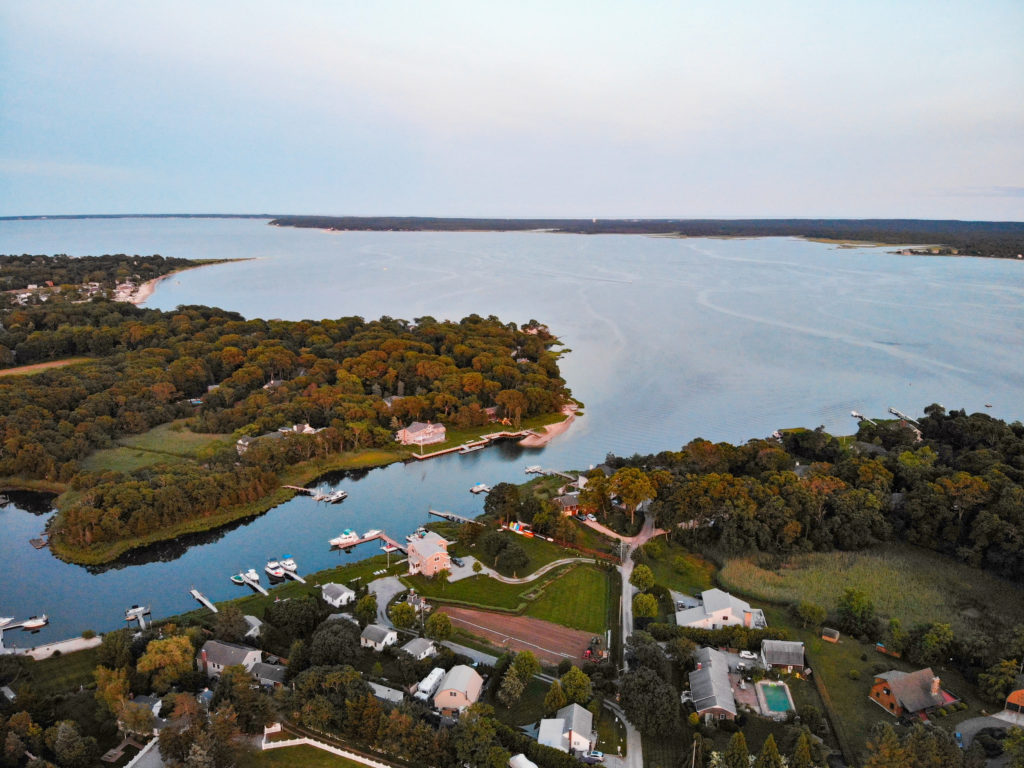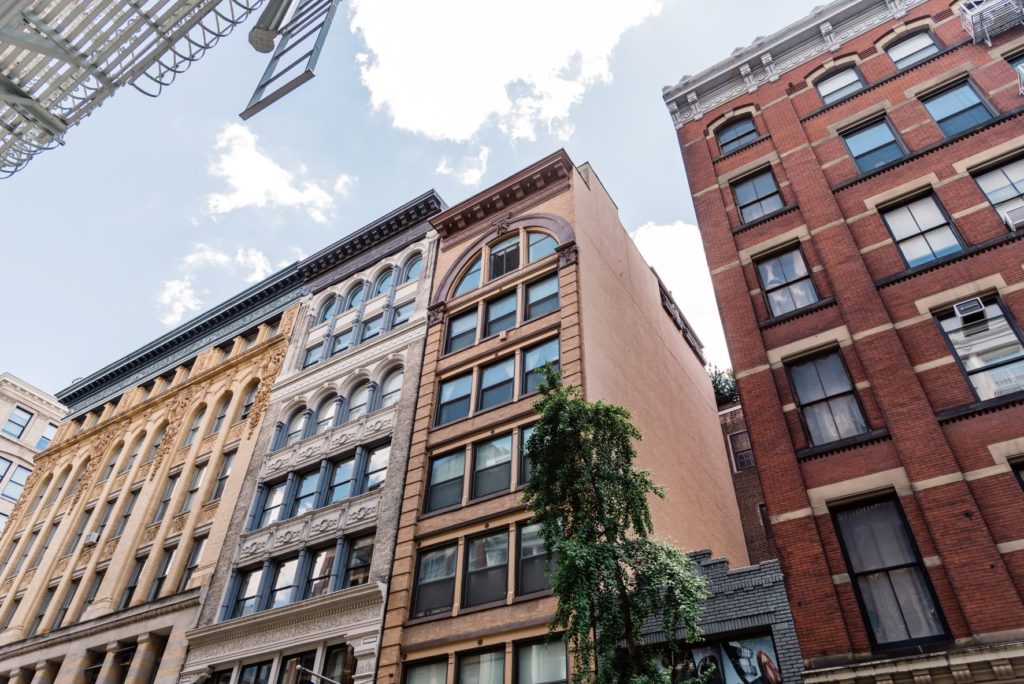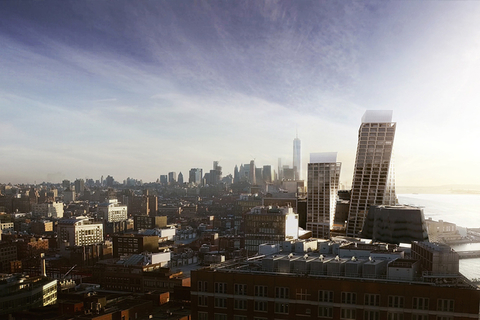With its shining lights, skyscrapers, and mix of cultures, New York surely is the place to live. There are plenty of NYC apartments for sale currently, so choosing which to buy is up to you! Buying a new property in New York can seem daunting, as it is a long process with many obstacles throughout. However, this process can be made easy by being aware of all rules, regulations, and steps to take when buying a property in New York.
Being aware of the regulations that come alongside buying and selling a new house can make the proceeding go much smoother. Knowing what is expected for you and the seller will get you closer to reaching your new New York home with less trouble. Also, following all regulations can help you to avoid extra fees and costs that you would not have paid otherwise.
What are the important steps when buying a new property?
As a buyer, it is always a good idea to work with a buyer’s agent who has plenty of experience, especially if you are a novice when it comes to buying homes. Therefore, the first thing you should do when you decide to buy a home is to find a buyer’s agent.
Prepare all of the documents you will need for an offer and find an attorney specializing in real estate. You can ask your buyer’s agent for local recommendations. Having all of your documents in order will allow you to find any required information quickly and check that all regulations have been followed properly, especially when you’re buying a property in New York.
If you submit an offer for a property and it is approved, your attorney will look over the housing contract on your behalf. They will also scrutinize construction documents, including the first two years of financing the property. Once this operation is completed, you must then make at least a 10% down payment. This is one of the most detailed steps of the process, so it is important to review the listed rules and cautions to be aware of when making the down payment.
Once you’ve signed the full contract, if financing, you will apply for a mortgage and request an appraisal. The bank will provide you with a mortgage commitment, and you can complete an application to buy the new property.
The process and regulations for buying a cooperative property in New York are quite different from the regulations of other properties. For example, if you buy a cooperative, the board will first call you in for an interview. If you buy a condo apartment or a house, this process is skipped, and the building will consider the waiver of the right of first refusal, thus allowing you to begin the closing process on the property.
Many details within the buying process must not be looked over, as this can result in penalties, extra fees, and can add to the time you must wait before owning your new property.
What is a seller’s disclosure?
When a homeowner puts their house on the market, they must collect a packet of documents with information about the property. Seller’s disclosures can vary from state to state and county to county depending on their requirements, otherwise known as disclosure obligations. For example, in New York, the seller’s disclosure obligations are divided into 5 different categories: General Information, surrounding environment, mechanical systems, structural elements, and defects.
The general information that sellers must include in the disclosure would be details such as the age of the house, the property title, and the utility surcharge. In addition, the environment around the property can significantly impact the maintenance, and it must be stated in the disclosure. For example, if the property is located in a floodplain, a wetland district, near a landfill, contains asbestos, or if other toxic substances have been spilled, the seller must report them.
It must include information about the mechanical systems, such as the utilities, water sources and quality, and the presence of sewers. All defects in the house must be reported as well. Any issues with the plumbing, air conditioning or heating, security, the foundation of the walls, chimney, and patio terrace must be described in detail on paper to the buyer.
It is your right to receive a full and detailed seller’s disclosure as a buyer. Sellers who cannot provide adequate disclosure can owe money in fees, but the buyer may pay extra money for repairs later down the line.
Are there regulations for down payments?
Regulations and rules about down payments may be one of the most important that you come across as a buyer. Many co-ops or condos in New York will require a 20% down payment, although you might be permitted to put only 10% of the purchase price in a few instances. Of course, the more money you initially put down, the less you have to pay by the month.

Any down payment less than 20% of the price will require the buyer to pay for extra private mortgage insurance. Private mortgage insurance is a type of insurance that any buyer will be required to have to take out a conventional mortgage loan. Unlike most types of insurance, private mortgage insurance will protect the lender’s investment in the home rather than the borrower of the loan. On the other hand, private mortgage insurance makes it possible for some buyers to own their new homes sooner. This is because those who put down less than 20% as a down payment on their home will be allowed by the private mortgage insurance to obtain financing.
PMI is not on the cheap end, though, and it can come with additional monthly costs outside of loan payments. Until the buyers have enough equity in the home and are no longer considered high-risk, they must continue to make large payments to the private mortgage insurance. These can be between 0.5% and 2% of the total cost of the house in a given year. The lower the down payment, the higher the percent of the total cost the buyer will pay to the private mortgage insurance.
How can I abide down payment regulations?
The best way to ensure that you will meet the 20% requirement for a down payment on a new property in New York is by having a set budget and plenty of savings before entering the market.
It is important to decide how much you are willing to spend on your apartment, as well as which accommodations are most important to you. In New York, a one-bedroom apartment costs about $1,110,000 to buy on average in November 2022. A new 4-bedroom home for the family can cost over $3.8 million, making this a high initial down payment.*
Although putting a bigger down payment is generally advised, be sure to save at least 5% more than the down payment you wish to put down to help with repairs that you may need. Always set a limit with yourself and secure your expectations regarding financing. Additionally, it’s best to plan out your financial plan with an experienced mortgage broker to figure out your budget.
*Data from UrbanDigs
How can I avoid mistakes?
As stated above, working with real estate professionals can help you build confidence and guide you throughout the process and the regulations of buying a new property in New York. Unfortunately, many buyers and sellers may think that they are saving money on a real estate transaction by not hiring a real estate agent, and this could not be further from the truth.
An experienced real estate agent knows the New York market, has excellent negotiation skills, and offers great advice about choosing a home that will help you save money in the long run. Having a real estate agent by your side can help you find new properties that you may not have found otherwise, caution you of regulations you may be missing or unaware of, and assist you throughout the process to help you understand each step of the way.
Having a brokerage firm that you can trust is crucial when buying a home in New York. BARNES New York is available to help you in all of your real estate endeavors, whether you are buying a home, investing abroad, looking for private aviation and yacht services, and much more.
BARNES New York will assist you in all of your needs, especially when it comes to luxury living and new developments in New York. Contact us today for more information!

















 Located in desirable Chelsea, the XI is an entire block of residential condominium development, overlooking the Hudson River on one side and the High Line on the other, right in the heart of New York City. Led by the developer HFZ Capital Group, and designed by the architecture firm Bjarke Ingels Group, this project with two towers (the X and the I) will include 247 apartments, the famous Six Senses hotel with 137 rooms, 8,000 m² of premises commercial, an artistic space, …
Located in desirable Chelsea, the XI is an entire block of residential condominium development, overlooking the Hudson River on one side and the High Line on the other, right in the heart of New York City. Led by the developer HFZ Capital Group, and designed by the architecture firm Bjarke Ingels Group, this project with two towers (the X and the I) will include 247 apartments, the famous Six Senses hotel with 137 rooms, 8,000 m² of premises commercial, an artistic space, …






